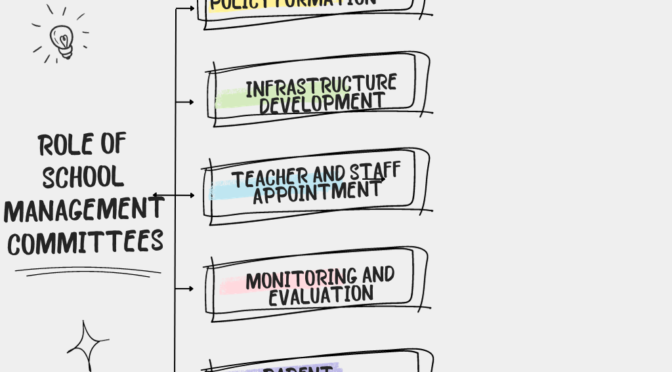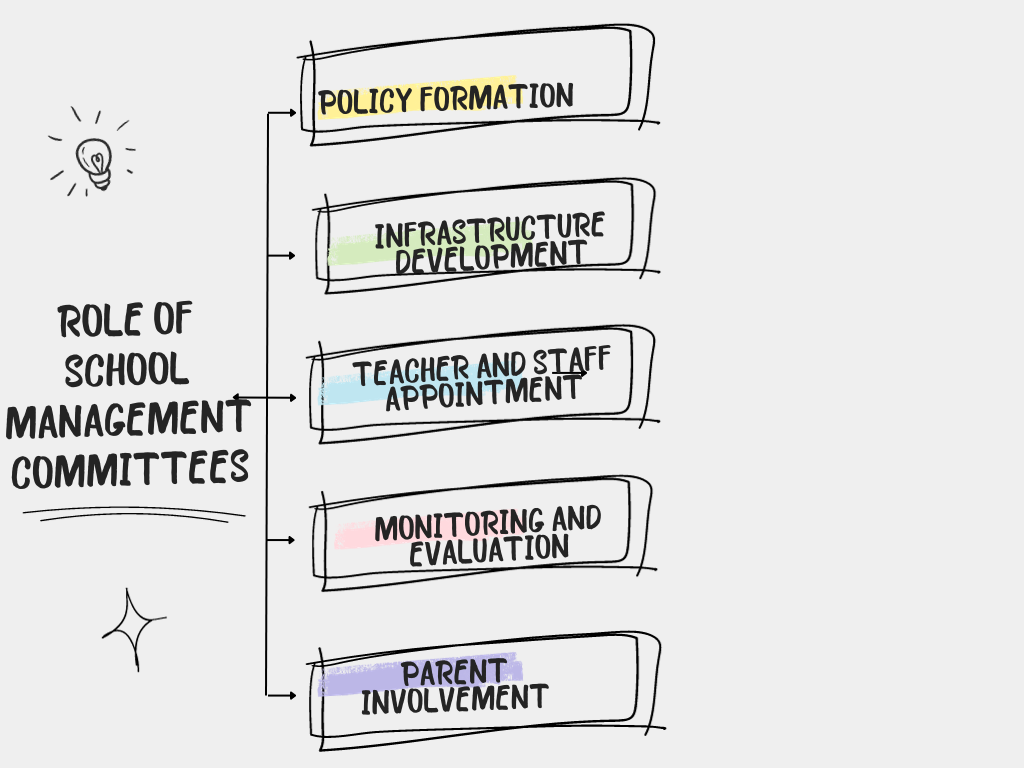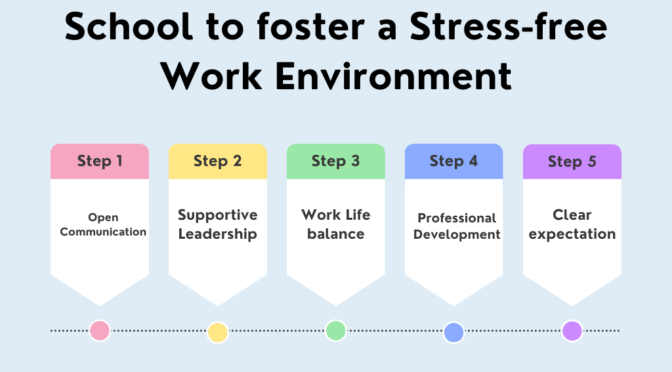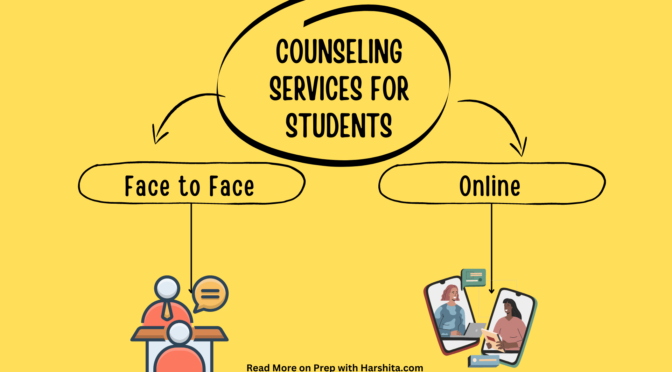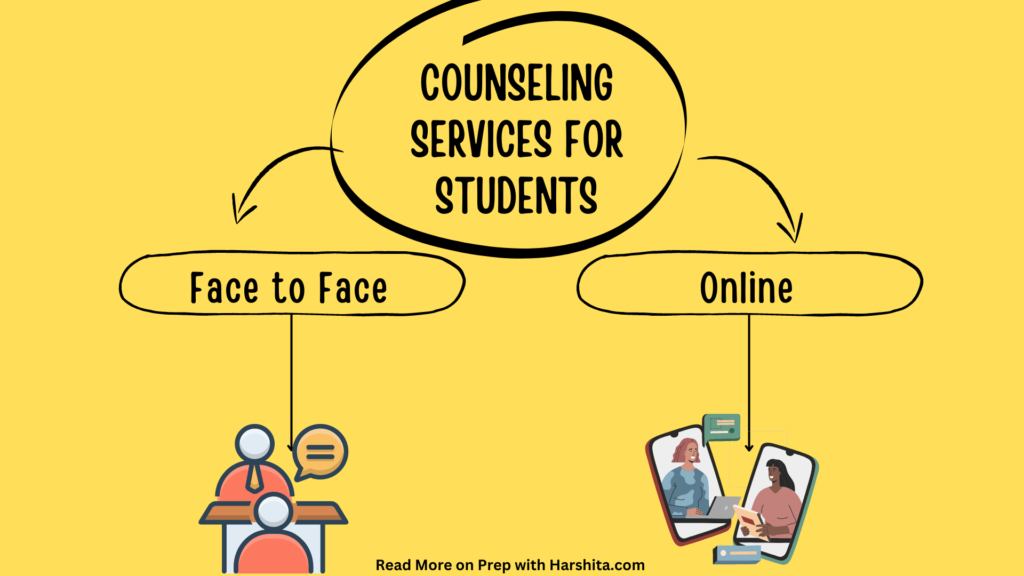Language is a complex and multifaceted system that enables communication. It encompasses various features that allow individuals to convey thoughts, ideas, and information. Here are some key features of language:
Productivity (Creativity): Speakers can create and understand an infinite number of sentences by combining a finite set of linguistic elements (words, morphemes, etc.). This feature allows for the generation of new and unique expressions.
Discreteness: Language is composed of discrete units, such as phonemes, morphemes, and words. These units can be combined to create meaningful communication.
Arbitrariness: The relationship between words and their meanings is arbitrary. There is no inherent connection between the sounds or symbols used in a language and the concepts they represent.
Cultural Transmission: Language is passed down from generation to generation within a cultural context. It is learned through exposure and interaction with others in a community.
Also Read : Difference between Language and Communication
Duality of Patterning: Language has a hierarchical structure with smaller, meaningful units (morphemes) combined to form larger units (words), and these, in turn, are combined to create complex structures (sentences). This dual layering allows for a rich variety of expressions.
Multifunctionality: Language serves various functions, including expressing thoughts, emotions, giving commands, asking questions, and conveying information. It can be used for a wide range of purposes.
Learnability: Humans have a natural ability to acquire language. Children can effortlessly learn the complexities of their native language(s) during their early years.
Cognitive Basis: Language is closely related to cognitive processes. The ability to use language is associated with higher cognitive functions, such as memory, problem-solving, and abstract thinking.
Also Visit : Prep with Harshita



